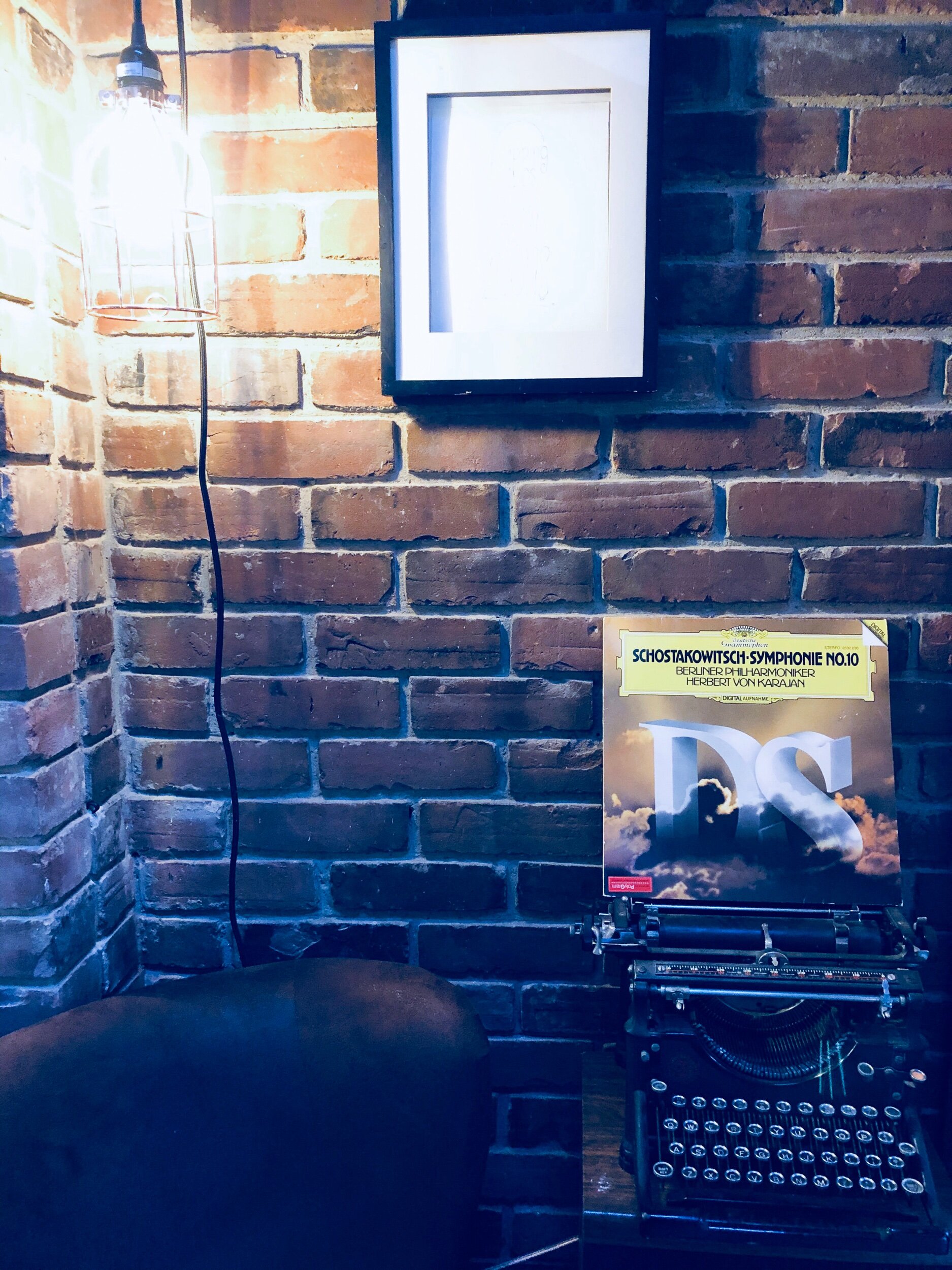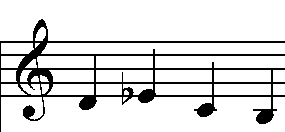Deutsche Grammophon Recording. Printed in West Germany // Dmitri Shostakovich (1906-1975) // Symphony No. 10 in E Minor, Op.93
Berliner Philharmoniker, Conducted by Herbert Von Karajan
Symphony No. 10
- Moderato (moderate)
- Allegro (quick, lively)
- Allegretto (quick, slower than allegretto)
- Andante — Andante (slow, faster than adagio)
Whether [Shostakovich] accurately reflects a particular horror is less important than what he does do very powerfully - to express the human experience of bleakness, hopes raised and dashed, triumphs that might at any moment crumble away, strivings that seem to be getting somewhere painfully slowly, or nowhere. One does not need to have lived through the Soviet era to feel the truth in such things. “” robert philip, The Classical Music Lover’s Companion to Orchestral Music.
the internet is big enough that if you search hard and long enough, the chances of you finding a cut of Beyoncé’s Single Ladies choreography set to the Allegro of shostakovich’s tenth symphony aren’t exactly impossible:
i’m not sure who the compliment belongs to: Beyoncé because she can keep up with ‘shosty’? or the composer for haven written something fast enough for the very rhythmic gymnastics of a Beyoncé music video? at any rate that’s exactly the sort of cross-over this journal is meant for. bravo to whoever’s responsible for this. as a way of scaling the intensity of this symphony, try and imagine Beyoncé and her dancers keeping up to that pace for the majority of this nearly hour-long march of a symphony.
moving on; this was the shostakovich’s first symphony after the death of stalin, whose invisible hand still held a grip on the soviet establishment, even posthumously. the many climaxes of the second and fourth movements are not exclamations of relief——dissipating and gathering momentum for another fruitless climax——but moreso that of frustration, cantankerous gestures superimposed with a tinge of irony...
Here is where the ambiguity of instrumental music comes into play, and the game that artists of any integrity must engage in under a totalitarian regime. Are those climaxes a matter of stern heroism, as Stalin would wish them to be, or transports of anguish and rage? “” jan swafford, Language of the Spirit
there are two main motifs that recur throughout the intractable network of interconnecting material that hold this symphony together:
Elmira motif
The first consists of the five notes E-A-E-D-A. This is an encoded version of the same ‘Elmira’, using a combination of the usual letters and the names of the notes in tonic sol-fa: E-La-Mi-Re-A. Elmira Nazirova was a musician who, aged nineteen, had studied with Shostakovich at the Moscow Conservatoire in the year 1947-8 before he was dismissed from his post. Shostakovich conducted an intense correspondence with her for the rest of his life, and she acted as a kind of muse for his Tenth Symphony, attending its premiere with him. “” robert philip, The Classical Music Lover’s Companion to Orchestral Music.
D.Sch motif
the second, and more famous motif, is a four-note combo: D-E flat-C-B. in german notation, these notes are spelled D-Es-C-H, which is the abbreviation of the russian spelling of the composer’s name (D.Sch). it was this motif that first drew me to this symphony by way of the composer’s absolutely furious String Quartet No.8 in C Minor, wherein the D.Sch motif is repeated as the main subject of the second movement (introduced by cello at the 0:55 minute mark of the video below).
shostakovich’s resistance against stalin’s regime wasn’t an uncomplicated idealistic opposition——as such an obviously antagonistic stance against the dictator was often responded to with a state-sponsored farewell trip to america that ended in disappearance upon return——instead there were stretches of periods when the composer was regarded internationally as the face of soviet music; and then as the subtlest, cleverest, and ultimately victorious resistance against the kitsch of state-sanctioned music.
If you want to know how it was to live through the siege of Leningrad, in which 600,000 died, or the battle of Stalingrad, which lasted for six months, you will not get it directly from his music: Shostakovich escaped from the former, and did not experience the latter. In any case, it would be naive to expect music to convey such horrors. The relationship between life and music is never that straightforward. But Shostakovich’s music comes closer than any to expressing the raw despair, the pointless waste of life, and the cruel destructive force of terrible events. “” robert philip, The Classical Music Lover’s Companion to Orchestral Music.
(song of the week: Paralyzer - Finger Eleven)
obviously it’s been a weird energy kind of week when you find yourself reaching for shostakovich with one hand and Finger Eleven with the other; nevertheless, shoutout to the alt-rock band from burlington ontario for making the best canadian music video of 2008—-the twelve years since it’s release hasn’t touch a hair on this gem.



